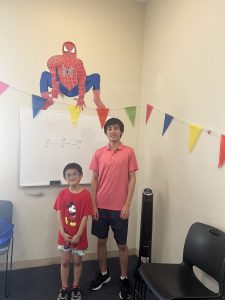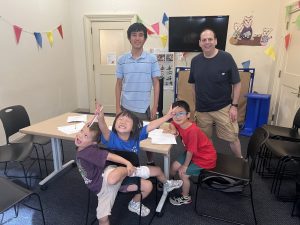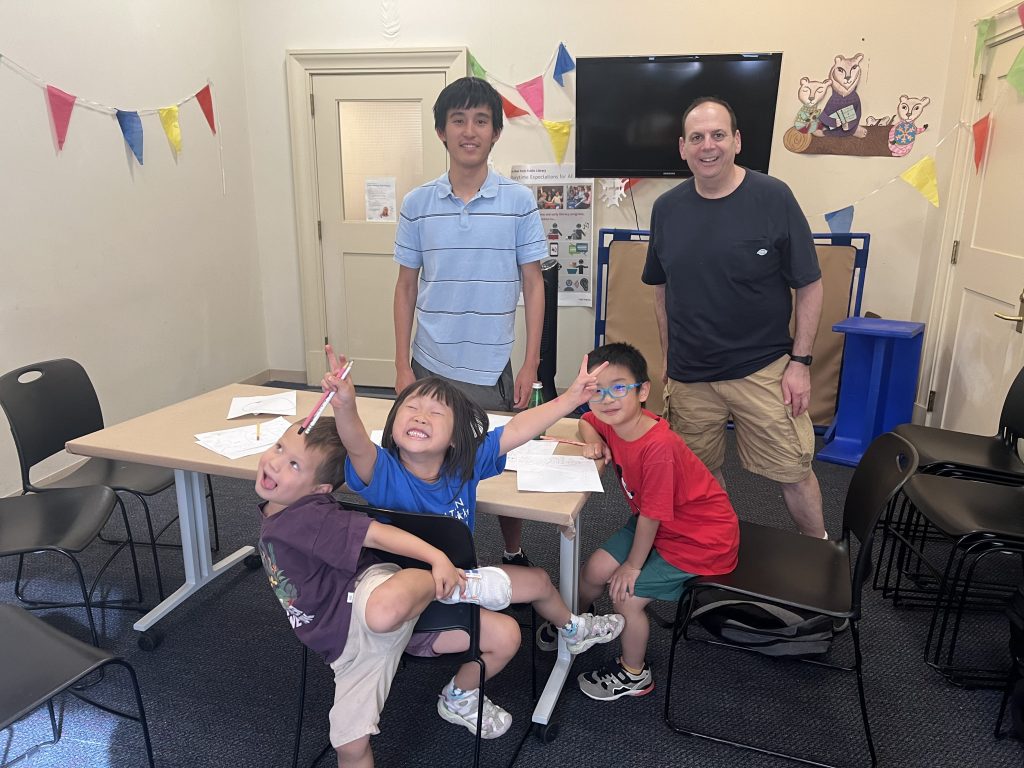Arvin ’25 learns from the challenges faced while offering public math tutoring in a public library.
After finishing my initial sessions in June, I had trouble finding a suitable location for my volunteering. Some libraries were too small, and others were too busy with their spaces. After talking to many library managers, I was so happy and excited when I finally found a library that was both close enough to where I live and had the facilities and the time to support me. Even though the library’s children room was booked during the summer, they had a two week period when they were free for a Tuesday slot. So I knew I had to make the best of my time.
For my first day, there were a lot of people. In that room, there were 5 caregivers and 6 children. Expecting a paltry turnup, I was initially excited. However, the challenges soon started emerging. After talking to some of the parents, I realized that some students hadn’t even entered kindergarten while others were already in 3rd grade. The age gap translated into an even larger skill gap. One student had already learned multiplication and needed help on division, and another only knew how to draw the numbers 0 and 1. After an hour, two kids had left, two more were on the floor playing, and a nanny was somehow asleep through the chaos. I had much to learn for next week.
Compared to my time in Jersey City, where I worked with a summer school program for a supply of kids, this time I had a lot more difficulty trying to recruit students while managing all skill levels at once. I knew there were many students who would benefit from my lesson, but I had trouble finding them.
It was no surprise, then, when only one student showed up the next week. Taylor was going into 2nd grade, and my session felt more like one-on-one tutoring than the public teaching that I was striving for. Technically, he was outside my specified age range of grades 3 to 6, but if I kicked him out, I would have to be the one learning from my unseemly situation. So I committed myself to teaching. Over the next hour, Taylor was a great student, and I felt like my teaching was ultimately more effective because I adapted to his skills on the fly, pivoting from probability to multiplication while still keeping the hands-on feel. I also cracked jokes that were geared to him (Taylor series/Taylor serious). Rather than give him a paper and pencil for him to draw Teenage Mutant Ninja Turtles, I let him draw his thoughts on the whiteboard. I also gave him custom word problems to work out on the whiteboard.
I left the library having learned a lot. Teaching was such a cool experience because, having been a student all my life, it was enlightening to view the student-teacher relationship from a different angle. In addition, I was their role model, meaning that I felt a greater sense of responsibility on how to spread knowledge. I could have just been a private tutor this summer, but I am happy that I chose a public library as a symbolic setting for my lessons.



